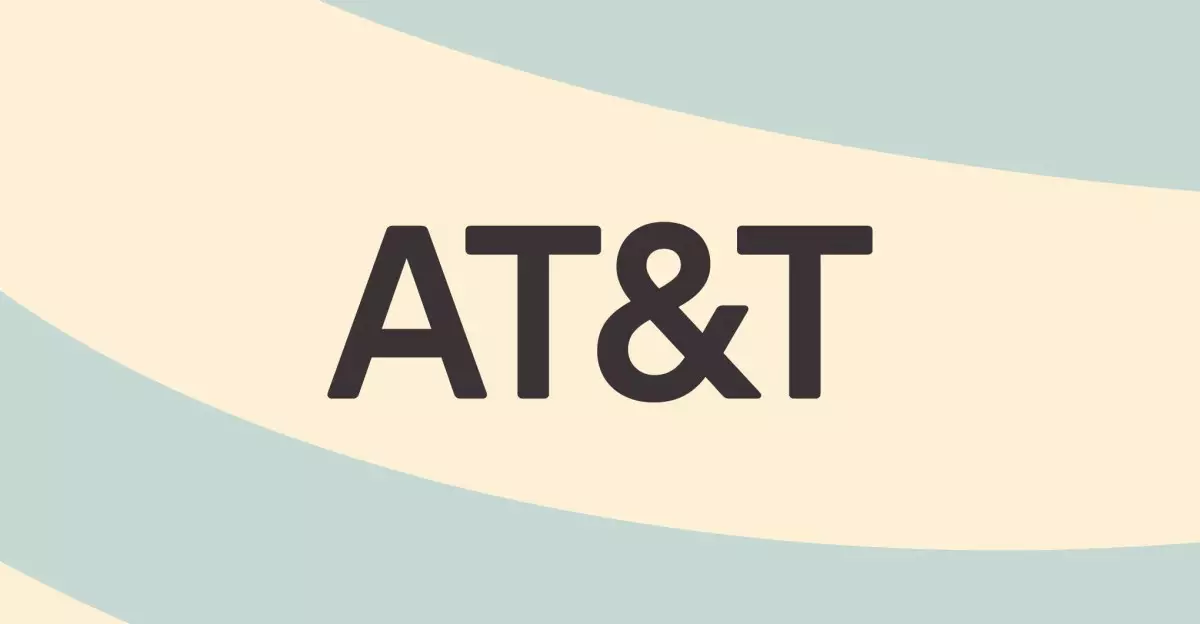AT&T’s recent enhancement to its branded calling feature represents a significant development for Android users on its network. This innovation, which is compatible exclusively with Android devices, endeavors to simplify the often confusing realm of incoming calls. By providing recipients with an indication of why a business might be reaching out, AT&T aims to enhance user experience and foster clearer communication between consumers and businesses. This feature not only reflects AT&T’s ongoing commitment to improving customer interactions but also marks a continuation of a service initiative with TransUnion that was initiated in the previous year.
The branded calling feature operates by allowing businesses to label their outgoing calls with message prompts that clarify the purpose of the call. For instance, when a pharmacy contacts a customer to notify them of a prescription refill, the display might read “refill reminder.” This clarity extends to call specifics, where the same information is available on the call details page. Crucially, recipients do not need to take any specific actions; the information is seamlessly integrated into the incoming call interface, mirroring the accuracy of verified number badges currently in place. This innovation potentially alleviates the anxiety associated with unexpected calls, making users more receptive rather than wary.
At its core, this feature addresses the prevalent issue of spam and unwanted telemarketing calls that plague mobile users today. By employing the STIR/SHAKEN protocol, which helps differentiate legitimate calls from spam, the new feature enhances transparency in telecommunications. With many users expressing frustration at the ambiguity surrounding incoming calls, such a tool could facilitate better decision-making about when to answer. It is particularly beneficial in a world where digital distractions are rampant and where misplaced calls can lead to wasted time or missed opportunities.
However, it’s essential to acknowledge that this feature is currently restricted to Android devices. This limitation could alienate a sizable segment of AT&T’s customer base that relies on iPhones, a device that dominates the mobile landscape in the United States. As the user community continues to grow, there may be an increasing demand for similar functionalities across different operating systems. It raises an important question for AT&T: will they extend this feature to iPhone users in the future?
While AT&T’s branded calling feature for Android users represents a substantial leap forward in ameliorating the call experience, it also highlights significant considerations surrounding compatibility and usability across different devices. As mobile communication continues to evolve, the effectiveness of such innovations will depend not only on functionality but also on their accessibility across various platforms. This development serves as a reminder of the ongoing battle against spam calls, and it will be intriguing to see how AT&T and other telecom providers respond in the pursuit of a more transparent and user-friendly communication landscape.


Leave a Reply